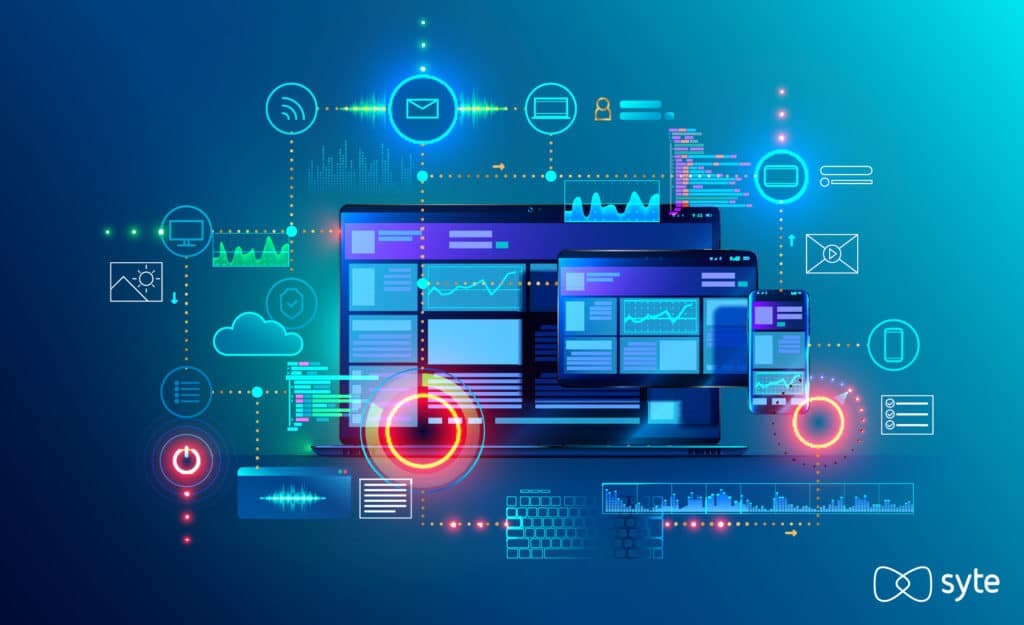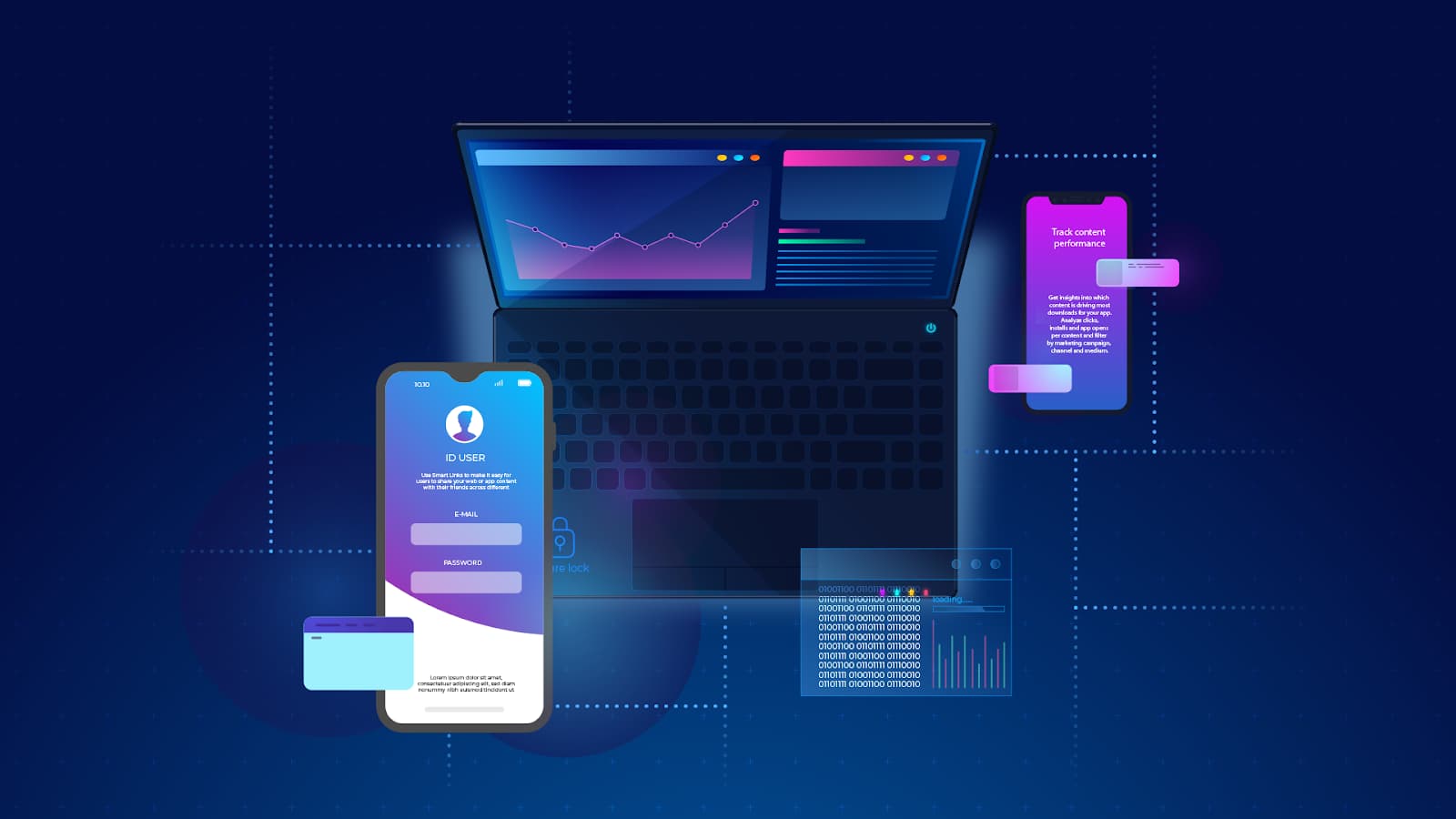How to Select the Best Technology Stack for Your Next Project?
The selection of an appropriate technology stack stands as one of the pivotal decisions in the development lifecycle. The choices made at this juncture not only influence the velocity of development but also bear significant implications on the application’s stability, its capacity for adaptation, and its potential for long-term evolution. In an era characterized by the relentless emergence of new tools, libraries, and frameworks, the task of curating a suitable stack demands meticulous deliberation. This article seeks to guide you through the process of making an informed decision, grounded in the specific objectives of the project, the available expertise of the development team, and the broader, long-term strategic goals of the business.
Define the requirements and goals of the project
Before choosing a technology stack, it’s essential to clearly define your project’s objectives. The type of application and its functional requirements will dictate the most suitable technologies.
- Application Type
Identify the project type: website, mobile app, API, or microservice. This will guide your technology choice, such as LAMP or MEAN stacks for web apps, or native platforms and React Native for mobile apps. - Expected Traffic and User Volume
Assess anticipated user load and traffic. For high-volume projects, opt for performance-focused stacks like Node.js, while simpler solutions such as WordPress may suffice for smaller traffic. - Performance, Security, and Scalability
Evaluate the importance of performance, security, and scalability. Choose a stack that aligns with your security needs (e.g., Django for data protection) and supports high traffic demands. - Project Longevity
Consider the project’s expected lifespan. For long-term ventures, select stable, well-supported technologies like Java or Python. For short-term projects, faster development frameworks such as Ruby on Rails may be more appropriate.
Evaluate your team’s experience and technology availability
When selecting a technology stack, it is crucial to factor in your team’s expertise and the availability of resources. If the stack is overly complex for your team or lacks adequate support, it can hinder development progress, incur extra training costs, and require additional support, ultimately impacting the project’s timeline and budget.
Team’s knowledge of technologies
The initial step involves evaluating your team’s proficiency with various technologies. If your developers are already well-versed in certain languages and frameworks, the development process will accelerate. However, if the project demands unfamiliar technologies, it’s essential that the team is prepared to embrace new tools and invest in the learning curve to ensure successful implementation.
- Team Experience: When the technology is familiar to your team, development becomes more streamlined and efficient, allowing for quicker execution and fewer obstacles along the way.
- Learnability: Evaluate your team’s capacity to swiftly master new frameworks and tools. This is particularly critical for startups or projects that demand cutting-edge, innovative solutions.
Having an active community and documentation
Technologies with active communities and comprehensive documentation significantly streamline the development process. Robust communities offer rapid problem resolution, along with access to tutorials, code samples, and libraries, all of which can accelerate project timelines and reduce development hurdles.
- Active community: The larger the community, the easier it is to solve problems and find solutions to unusual problems.
- Documentation: Well-documented technologies speed up implementation, reduce the likelihood of errors, and reduce the time needed to find solutions.
Technology support and updates
Opt for technologies that are consistently supported and frequently updated. Regular updates enhance functionality while safeguarding the security of your project—an essential consideration for long-term applications.
- Regular updates: Updates fix vulnerabilities and add new features to help keep your project up to date.
- Support: Availability of official technical support and active forums or communities to resolve issues that arise during the development process.

Analyzing technology availability and support
The selection of a technology stack hinges not only on functional requirements but also on the availability and ongoing support of the technologies. Stacks backed by active communities, robust documentation, and long-term support are crucial for ensuring project success and enabling swift problem resolution.
Active community
An active community is an important aspect that makes development and problem solving much easier. Forums, chats and online resources allow developers to quickly get help and share experience.
- Forums and chats: Active forums and chats help developers quickly find solutions to problems and get support from more experienced colleagues.
- Resources and Examples: The wider the adoption of a technology, the greater the availability of code samples and pre-built solutions, which can be readily leveraged to accelerate development and enhance the project’s efficiency.
Documentation
Well-structured and up-to-date documentation is the basis for successful technology implementation. This allows you to learn new tools faster and solve problems without having to turn to external sources.
- Guides and examples: Step-by-step guides, code samples, and video tutorials make the process of learning and implementing technology faster and clearer.
- Updated documentation: It is important that documentation is updated with new versions of technology to help avoid errors and keep the project current.
Technology Support
Before selecting a technology, it is essential to assess its long-term support prospects. Regular security updates and patches are vital to maintaining the longevity and stability of your project. Opting for technologies with sustained support ensures continuous improvements and helps mitigate potential future challenges.
- Duration of Support: It is crucial that the selected technology is supported over an extended period to guarantee the project’s stable performance and minimize the risk of obsolescence.
- Regular Updates: Technologies that receive frequent updates not only address bugs but also enhance performance and security, ensuring the ongoing reliability and safety of the project.
Evaluate the flexibility and scalability of the stack
Flexibility and scalability are key factors when choosing a stack for long-term projects. Technology must support growth, adaptation to change, and the ability to add new features.
Stack modularity
Modularity allows the system to be broken down into independent components, which simplifies development, testing, and upgrades. It also helps you implement changes faster without affecting the entire system.
- Component Independence: Components can be developed and updated separately, speeding up the process.
- Risk-free updates: Easily update individual parts of the system without affecting the rest.
Integration with other solutions and services
The project must seamlessly integrate with external services like APIs, databases, and cloud platforms. Select a technology stack that supports standardized protocols and tools, ensuring swift and efficient integration.
- APIs and services: Easily interact with external solutions through standardized interfaces.
- Cloud Compatibility: Integrate with cloud platforms and third-party services.
Support for scaling and adding new features
The chosen technology must ensure scalability, enabling the project to expand smoothly without encountering major obstacles. This encompasses both horizontal and vertical scaling, alongside the flexibility to seamlessly incorporate new features as the project evolves.
- Scaling: Support for increasing server capacity and improving components as you grow.
- Feature addition: The ability to easily introduce new features without changes to the underlying code.
Examples of popular stacks and recommendations
To simplify the selection process, here are several popular technology stacks that could be well-suited for various types of projects.
Popular stacks:
- LAMP (Linux, Apache, MySQL, PHP) – suitable for small web applications but has limited scalability.
- MEAN (MongoDB, Express, Angular, Node.js) – ideal for dynamic web applications with high performance requirements.
- MERN (MongoDB, Express, React, Node.js) – suitable for building modern web applications with a focus on the client side.
- Django + React – for complex web applications with a high degree of security and performance.





